Bioethics Forum Essay
How to Make It Right: Covid Reparations
In a recent essay, we outlined the reasons why we need a Covid-19 commission: to establish accountability for over half a million American deaths from Covid. But establishing accountability and recommendations to prevent repeating the Covid disaster is not sufficient. Reparations in various forms of compensation to the American victims of preventable Covid, who may experience lifelong health effects, is obligatory.
Covid reparations are distinct from the various Covid relief bills that have been passed by Congress, which, appropriately, provide funding to deal with an ongoing health and economic crisis as well as providing free Covid vaccinations to the public. Reparations, on the other hand, would compensate for long-term medical expenses associated with Covid for “long-haulers,” as well as direct benefits paid to minors who have lost parents or guardians to Covid; grief counselling to anyone who has lost loved ones; or health care providers who require help, including mental health services. Reparations must include a formal presidential apology on behalf of the responsible agencies or parties (as determined by a Covid commission) and the establishment of an official national Covid memorial.
The United States knows how to do this because we have done this before. The two relevant historical examples are reparations for the Tuskegee study and reparations to victims of World Trade Center dust as a result of the collapse of the World Trade Center towers on 9/11. In both cases, once independent review panels established how the U.S. government was accountable for harms, reparations were made to both victims and their families. In both the Tuskegee and World Trade Center dust examples, civil litigation led to eventual passage of compensation legislation. There is no need to wait for costly litigation to do the right thing.
In the case of the Tuskegee study (1932-1972), a federally funded U.S. Public Health study in which over 400 African American men were followed and not properly treated for syphilis, the study was revealed in the press on July 25, 1972, investigated by a federal government panel (chartered August 1972), and recommended to be shut down in October 1972. In 1974, a class action suit on behalf of the study participants and their families was filed by civil rights attorney Fred Gray; Pollard et al. v. United States et al. (Pollard v. United States, 384 F. Supp. 304 (M.D. Ala. 1974) which led in 1975 to a multimillion-dollar settlement for the surviving men and their families, and the estates and heirs of the deceased men. That settlement still provides reimbursement to heirs. In 1996 the Tuskegee Syphilis Study Committee was formed, which was a Bioethics Committee convened to re-examine the Tuskegee study with more historical distance and recommend moral reparations, including a Presidential Apology. Its final report can be viewed here. Ultimately, and belatedly, a presidential apology occurred in 1997.
In the case of the World Trade Center dust-related illnesses, it took a decade to establish health care compensation for those suffering from the effects of dust in the aftermath of the collapse of the World Trade Center. In the first few years post-9/11, reports of illnesses in people exposed to the dust – particularly first responders working on the “pile” – began to be reported. Many who suffered from dust-related effects had no access to health care coverage because these illnesses were not covered by their insurance plans. World Trade Center dust led to an environmental illness that was plaguing the first responders on 9/11. Roughly 60,000 volunteers from across the country worked at the Ground Zero site doing rescue and recovery; the worksite was essentially a “giant toxic waste site with incomplete combustion” according to Paul Lioy, in his 2010 book, Dust: The Inside Story of its Role in the September 11th Aftermath. Beyond the first responders, thousands of residents were exposed to the dust, too, as the Environmental Protection Agency did not test indoor air of buildings in the World Trade Center area for five months, as chronicled by Anthony DePalma in his 2011 book, City of Dust: Illness, Arrogance and 9/11. Studies began indicating health concerns in 2002, including “World Trade Center cough.” Without adequate health insurance coverage for their symptoms, it became unclear which authority was in charge of providing care. There were multiple cases of pulmonary fibrosis, or chronic obstructive pulmonary disease, and as the years wore on, many developed cancers tied to the dust exposure. James Zadroga, who was 29 on 9/11, was a first responder with New York Police Department and a nonsmoker who died in 2006, and was the namesake for the eventual legislation that would provide compensation.
Before the James Zadroga 9/11 Health and Compensation Act was passed in 2010, workers’ compensation claims and the September 11th Victim Compensation Fund covered a number of personal injuries and deaths caused by 9/11, but victims had to make claims by December 2003. There were also federal grants to health care institutions for the World Trade Center Medical Monitoring and Treatment Program, which provided limited coverage for treatment. Today, the James Zadroga Act compensates claimants for lost wages and other damages related to their illnesses .
The scope of Covid reparations is yet to be established, but undoubtedly, any independent Covid commission or other related truth and reconciliation commission will make a series of recommendations. One of those recommendations ought to involve the creation of a multidisciplinary panel of health experts comprising the fields of infectious disease, public health, and occupational health; mental health, moral distress, and moral injury; internal medicine, intensivists, and bioethicists to address compensation and moral reparations. The time to begin to plan to do the right thing is now.
M. Sara Rosenthal, PhD, is a professor at the University of Kentucky in the departments of internal medicine, pediatrics, and behavioral science and the founding director of the Program for Bioethics and the Markey Cancer Center Oncology Ethics Program. Arthur Caplan, PhD, is the Drs. William F. and Virginia Connolly Mitty Professor of Bioethics and the founding director of the Division of Medical Ethics at NYU Grossman School of Medicine. He is a Hastings Center fellow and a member of the Hastings Center’s advisory council, @ArthurCaplan.

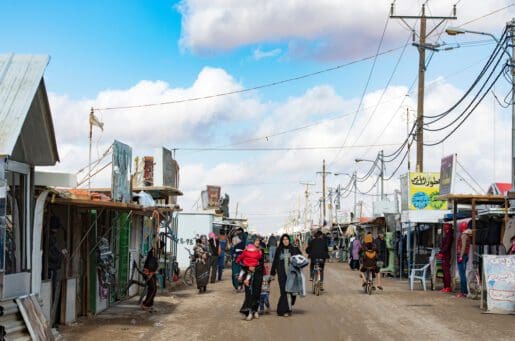

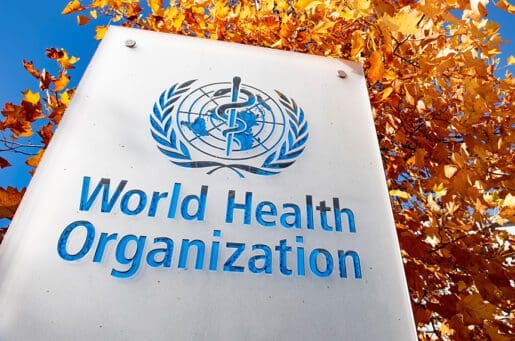
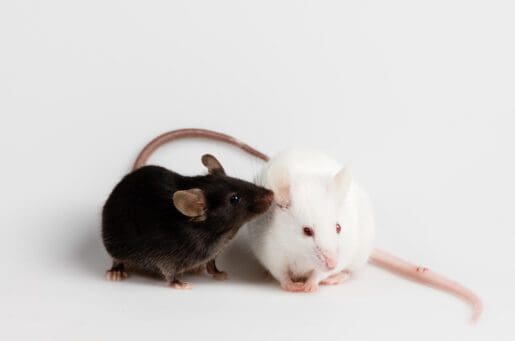

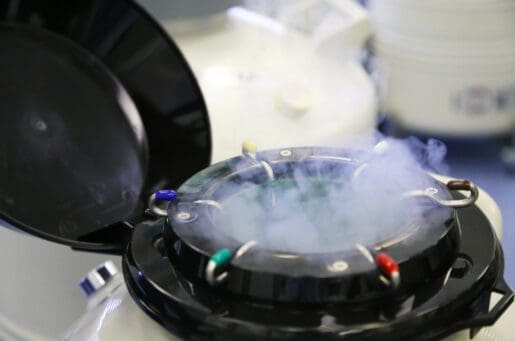



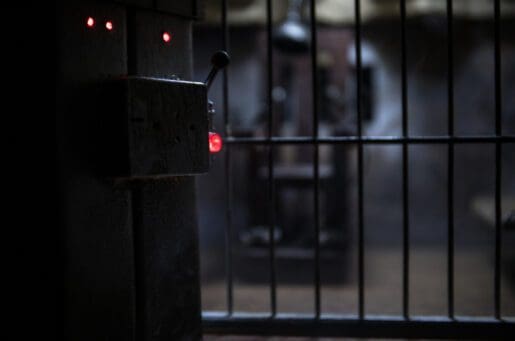


One of the parties most obviously appropriate for reparations are the approximately 1.5 million nursing home residents who were incarcerated in solitary confinement for a year without even a nod by government to secure their opinions about risk and the suffering of being locked in a room without contact with anyone except direct care workers in PPE. The U.S. has a troubled history with quarantine, but it has previously been used to isolate a person who is contagious, protecting the rest of us. Here, the quarantine was imposed upon people for their own safety. Everyone else in the society, except for those in jails and prisons, were allowed to make their own assessments of risks, but not nursing home residents. They were treated as cattle – the only thing that mattered was their “safety.” Since most who suffered this affront to human rights will be dead, and their families will have had to make peace with the situation, the reparations needed might best be a solid monetary commitment to changing nursing homes forever – dramatically better built environment, substantially improved working conditions for staff (including more staff!), and community -level management of the overall eldercare arrangements.